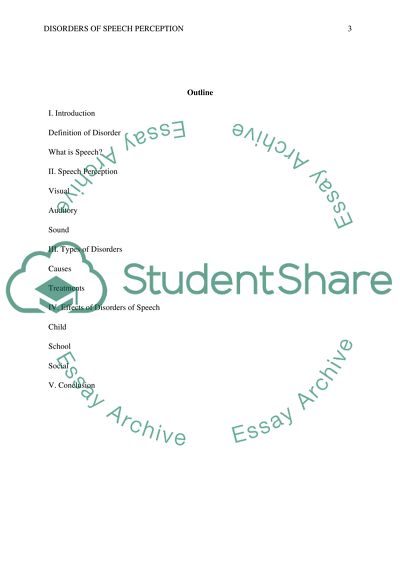Cite this document
(“Disorders of Speech Perception Research Paper Example | Topics and Well Written Essays - 2000 words”, n.d.)
Retrieved from https://studentshare.org/psychology/1449912-disorders-of-speech-perception
Retrieved from https://studentshare.org/psychology/1449912-disorders-of-speech-perception
(Disorders of Speech Perception Research Paper Example | Topics and Well Written Essays - 2000 Words)
https://studentshare.org/psychology/1449912-disorders-of-speech-perception.
https://studentshare.org/psychology/1449912-disorders-of-speech-perception.
“Disorders of Speech Perception Research Paper Example | Topics and Well Written Essays - 2000 Words”, n.d. https://studentshare.org/psychology/1449912-disorders-of-speech-perception.


